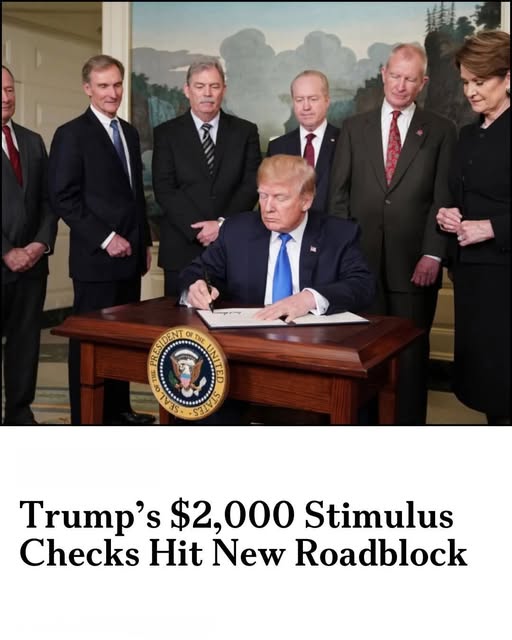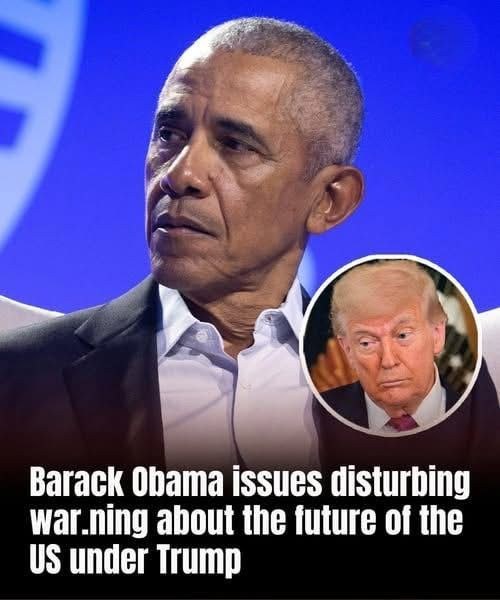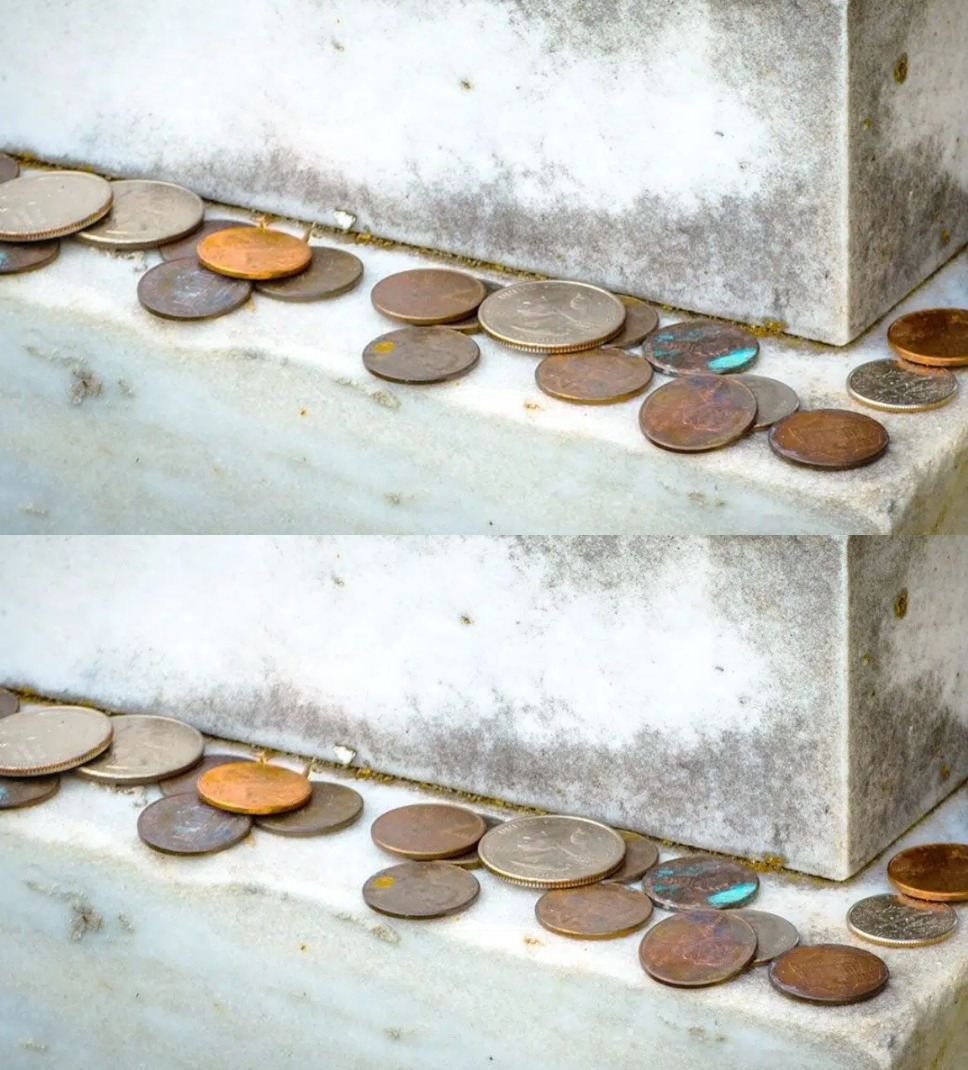For days, Americans watched rumors balloon across social media and political circles. Analysts hinted, insiders whispered, and supporters speculated endlessly. But on Sunday morning, the guessing finally ended. President Donald Trump confirmed what millions had been hoping—or fearing. He intends to give every American a $2,000 “tariff dividend,” a payment he claims will be funded entirely by the tariff revenue collected under his administration.
Trump delivered the message on Truth Social, once again promoting himself as the defender of the middle class, not the wealthy elite. He argued that Americans deserve a share of the tariff revenue he says has surged due to his aggressive trade policies. According to him, these tariffs are generating more than enough funds to provide meaningful financial relief directly to households. The announcement triggered immediate reaction nationwide: cheers from supporters, skepticism from critics, and confusion from everyone in between trying to understand what this new “requirement” for the $2,000 checks truly means.
The timing of this proposal raises even more questions. Only days earlier, the Supreme Court held hearings to determine whether Trump’s sweeping use of emergency powers to impose tariffs on nearly every foreign country was even constitutional. Justices openly questioned the limits of presidential authority and hinted that future rulings may dramatically restrict how tariffs are applied—or even force the government to refund money already collected. In other words, the very revenue Trump wants to use for these $2,000 payments may be on shaky legal ground.
Still, Trump doubled down. He insisted the tariffs have brought in “trillions,” strengthened 401(k)s across the nation, and boosted American workers. He dismissed warnings about inflation and dismissed critics as “fools.” Through it all, his message remained clear: the money is there, and Americans deserve to receive it. But beneath these statements lies an avalanche of complicated math and economic uncertainty that economists say can’t be ignored.
Treasury Secretary Scott Bessent attempted to clarify the plan on ABC’s This Week, saying the dividend may not come in the form of a direct physical check. Instead, alternative forms of distributing the benefit may be used, though he declined to give details. His cautious phrasing left Americans more confused than informed, especially about the new requirements that may determine who qualifies for the payment and how it will be administered.
The financial reality is equally complicated. Between April and October alone, tariff collections totaled approximately $151 billion—significantly more than past years, but still nowhere near enough to fund a $2,000 payment to every American on an annual basis. Supporters, however, argue that expanding tariff structures could push revenue toward $500 billion per year, enough to sustain the proposed dividends if implemented carefully. Critics counter that the numbers don’t balance and that Americans would end up paying more through increased consumer prices than they would gain from the dividend itself.
Politically, the timing couldn’t be more consequential. Republicans recently suffered losses in key blue states where voters voiced frustration over rising living costs. To critics, the dividend announcement feels like a strategic morale booster aimed at regaining momentum and energizing the base. Supporters, on the other hand, are celebrating it as proof that Trump is focused on putting cash back in the hands of everyday Americans, not special interests or Washington insiders.
Even within Trump’s own party, confidence is far from unanimous. Ohio Senator Bernie Moreno bluntly remarked, “It’ll never pass. We’ve got $37 trillion in debt.” Several lawmakers warn that without a massive restructuring of federal spending, even tariff-funded programs would face intense resistance on Capitol Hill. Congress, not the White House alone, may ultimately decide the fate of the $2,000 requirement plan.
Meanwhile, the Supreme Court’s pending decision casts a long shadow. If the justices decide Trump exceeded his authority in imposing global tariffs, the government could be forced to scale back or even refund billions. That ruling would reshape the legal foundation of the dividend plan, affecting funding, structure, and possibly eliminating the program entirely. Some tariffs, however—such as those on automobiles, steel, and aluminum—appear more secure and will likely remain powerful bargaining tools in international trade negotiations.
In the broader debate, economists are warning that even if the $2,000 dividend becomes reality, its long-term consequences must be weighed. Tariffs often raise business costs, which can trickle down to consumers through higher prices. Supporters argue the dividend offsets that burden; critics insist it doesn’t. What is undeniable, however, is that the proposal has captured public attention and intensified conversations about how government should ease financial pressure on struggling households.
What’s becoming increasingly clear is that the debate around the $2,000 tariff dividend is much larger than a single policy proposal. It represents a deeper struggle over presidential authority, economic strategy, and the role of government in shaping opportunity. The plan could transform household budgets—or vanish entirely depending on courts, Congress, and economic realities.
For now, the proposal remains bold, controversial, and unresolved. Analysts expect months of legal review, economic modeling, and political negotiation before any concrete decision is made. One thing is certain: as Americans grapple with rising costs and economic uncertainty, even the promise of a $2,000 payment commands attention—and sparks debate that won’t fade anytime soon.




